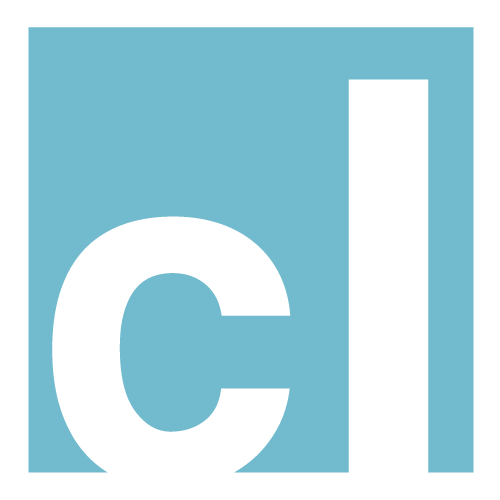Introduction
Thought leadership transcends the traditional boundaries of expertise to become a catalyst for societal transformation. In this space, individuals are not only recognized for their authority but also for their ability to guide collective consciousness toward a more equitable and peaceful existence. This article explores the pivotal role of thought leadership in shaping a society where fairness and tranquility are not just aspirational ideals but attainable realities.
Thought leaders offer a symbiotic value proposition, enriching their own stature while enlightening their followers. As they disseminate innovative concepts and strategies, these visionaries do more than bolster their reputation—they inspire new collaborations and ventures. Conversely, the audience gains a repository of knowledge, transforming passive learning into active societal enhancement. This cycle of knowledge and engagement fosters a community that transcends the role of mere information consumers to become advocates of the thought leader’s mission.
Challenges and Strategies
The path of a thought leader is strewn with challenges that test their creativity and conviction. They must consistently generate and effectively distribute groundbreaking ideas, which requires a delicate balance of timing and platform mastery to resonate with audiences. Adapting to shifting expectations while upholding ethical integrity ensures credibility, a non-negotiable asset in thought leadership. To excel, thought leaders must masterfully blend visionary content with principled, respectful communication.
The Thought Leadership Process
Thought leadership involves a series of stages: identifying a unique niche during discovery, creating resonant and impactful content, astutely distributing this content to engage the audience, and finally, measuring the impact to refine future strategies. These stages create a feedback loop, constantly enhancing the leader’s influence and effectiveness.
Best Practices for Thought Leadership
Successful thought leadership hinges on consistency, specialization, innovation, practicality, storytelling, and humility. These practices are the bedrock of influence, ensuring that thought leaders maintain their authenticity and credibility while shaping the discourse in their chosen domains.
The Future of Thought Leadership
Thought leadership will increasingly be integral to addressing complex societal challenges. Leaders must remain adaptable and committed to lifelong learning, embracing inclusivity and leveraging emerging platforms to amplify their message. Ethical practice and transparent values will define the leaders who envision and actualize a more equitable and peaceful world.
Practical Application in Social Justice and Peace
Thought leaders at the forefront of social justice and peacebuilding employ empathy to foster understanding and innovation, catalyzing action from ideation. Through clear communication and leveraging digital reach, they turn complex ideas into relatable narratives, driving movements toward reform and conflict resolution.
Developing and Sharing Content
Effective dissemination of thought leadership content requires crafting compelling, accessible narratives, providing evidence-based solutions, and engaging in constructive dialogues. Digital platforms present opportunities to broaden impact, ensuring that the leader’s vision for a more just world reaches and resonates with a diverse audience.
Conclusion
Thought leadership is a force for societal change, advocating for justice and peace through strategic insight and concerted action. The book “Reflections on Communication, Collaboration, and Convergence: Strategic Models for STEM Education and Research” by Lipuma, Yáñez León, and Guzmán Zarate (2023) exemplifies the impact of trans-disciplinary communication and collaboration in STEM education and research, providing a model for thought leadership that promotes inclusive and sustainable innovation. This approach demonstrates how integrating cross-disciplinary expertise can result in strategic models that not only advance academic fields but also address and resonate with broader societal challenges.
Sources
Lipuma, J., Yáñez León, C. E., & Guzmán Zarate, V. H. (2023). Reflections on Communication, Collaboration, and Convergence: Strategic Models for STEM Education and Research [Editorial Mito] (CLDM_LDO; 1st ed.). Mito; /Research/Collaboration & Convergence. https://digitalcommons.njit.edu/stemresources/37/
